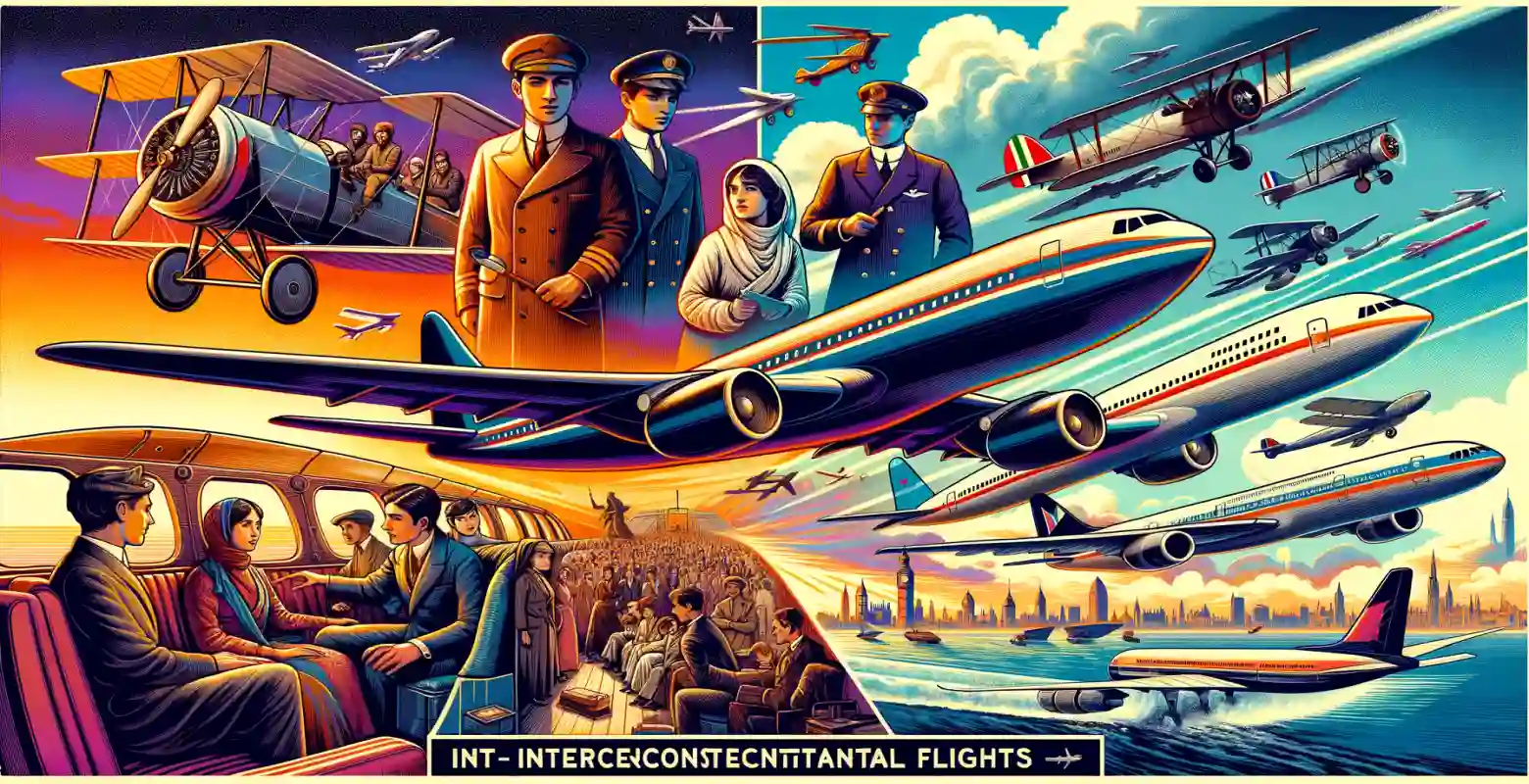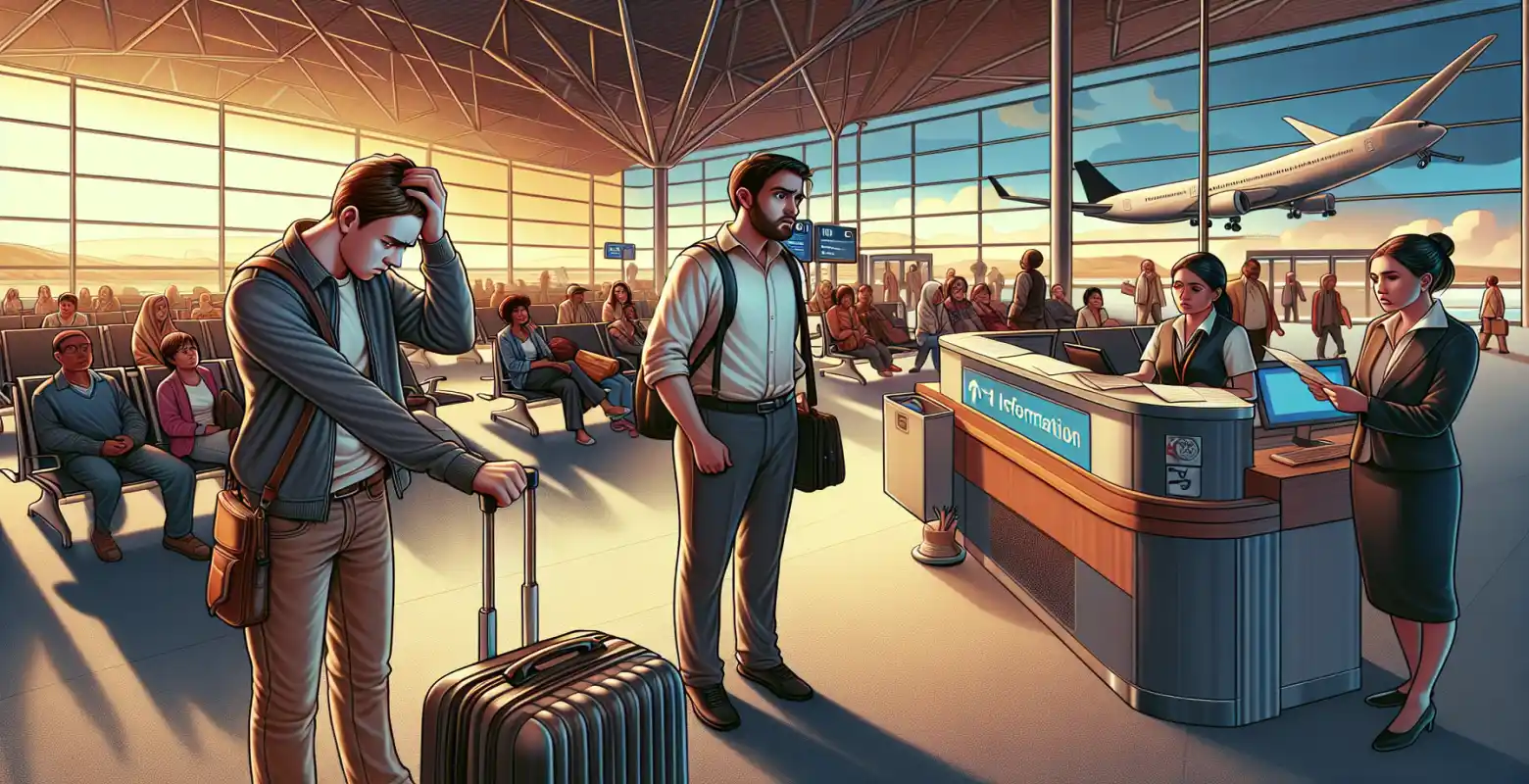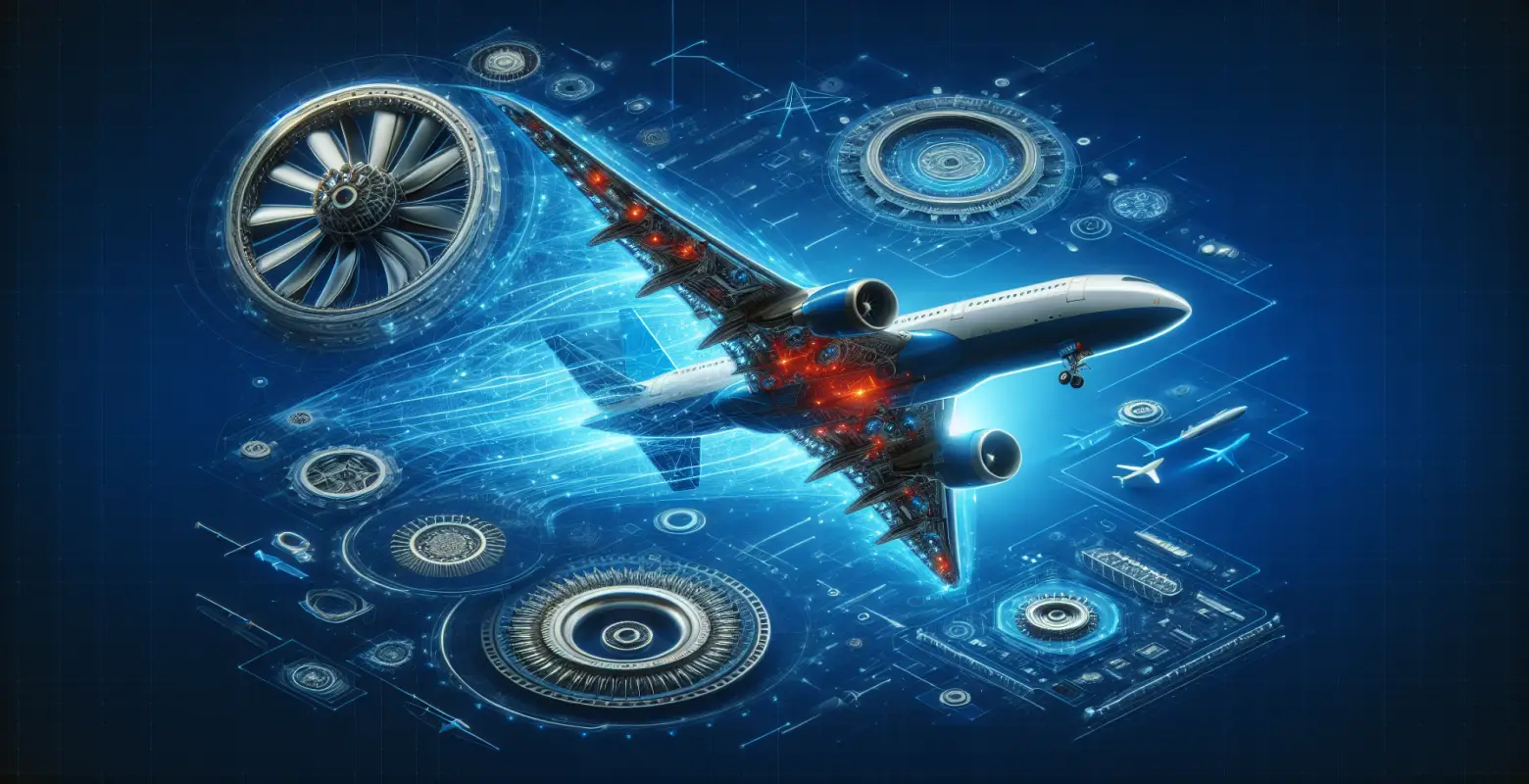The first intercontinental flights - a history of great challenges
Introduction
The first intercontinental flights are a fascinating topic that shows how far humanity has come in the field of technology and exploration. Contemporary air travel is something we take for granted, but it is worth remembering that just a hundred years ago intercontinental flights were an unimaginable challenge. In this article, we will take a closer look at the history of intercontinental flights, their significance, and the challenges that aviation pioneers had to face. Understanding this history allows us to appreciate the great progress we have made and how much still lies ahead of us.
History of Intercontinental Flights
The first intercontinental flights were not only a technological challenge but also a logistical and psychological one. By the end of the 19th century, aviation technology was in its infancy, and airplanes were not able to cover long distances. The breakthrough came in the 20th century when aviation technology began to develop at a staggering pace.
In 1919, British pilots John Alcock and Arthur Brown made the first non-stop transatlantic flight from Newfoundland to Ireland. It was a monumental achievement that opened the doors to further explorations. The flight lasted 16 hours and 12 minutes, and Alcock and Brown had to overcome many difficulties, including poor visibility and technical failures.
Technical Challenges and Innovations
Intercontinental flights posed significant technical challenges. Early airplanes were limited in terms of range, payload, and reliability. Fuel had to be used efficiently, and navigation relied on basic instruments. The development of aviation technology, including jet engines and navigation systems, was key to overcoming these obstacles.
The introduction of passenger planes such as the Douglas DC-4 and Lockheed Constellation was a breakthrough, enabling regular intercontinental flights. In the 1950s, the era of jetliners began, and airplanes like the Boeing 707 revolutionized the aviation industry, allowing for faster and more efficient intercontinental travel.
Challenges Related to Safety and Operation
Safety has been and remains one of the most important aspects of intercontinental flights. Early flights were associated with high risks. Technical problems, unpredictable weather conditions, and limited knowledge of aerodynamics posed serious threats. Any failure could lead to a disaster, which is why the development of safety procedures and pilot training were crucial.
Currently, intercontinental flights are one of the safest means of transportation. Thanks to advanced technologies such as GPS and autopilot systems, modern airplanes can fly in almost any weather conditions, and their reliability is at the highest level.
Impact of Intercontinental Flights on Society
Intercontinental flights had a significant impact on globalization and the development of international trade relations. They made the world smaller, and journeys that once took weeks or months now take just a few hours. Aviation has contributed to the growth of tourism, cultural and economic exchange, and has enabled rapid responses in crisis situations.
Intercontinental aviation also contributed to the emergence of global corporations and international alliances. With the ease of moving talents and resources, companies can operate on a global scale, bringing economic and social benefits.
Future Challenges
Although intercontinental aviation has achieved a lot, it still faces many challenges. Contemporary environmental protection issues, such as carbon dioxide emissions, are among the most serious challenges that airlines and aircraft manufacturers must address. Sustainable development in aviation requires innovative solutions, such as the development of electric or hybrid aircraft.
Another challenge is the growing demand for fast and efficient means of transportation. Technologies such as Hyperloop or the development of suborbital flights could change the way we travel between continents in the future, reducing travel time and increasing passenger comfort.
Summary
The first intercontinental flights were a groundbreaking moment in human history, opening up new possibilities for travel, trade, and communication. Despite numerous technological and logistical challenges faced by aviation pioneers, today's intercontinental travel is fast, safe, and accessible to millions of people worldwide. As aviation technology continues to develop, we can expect further innovations and solutions that will make our journeys even more efficient and environmentally friendly. Intercontinental flights remain a symbol of human aspiration to transcend boundaries and explore new horizons.






Number of comments: 0